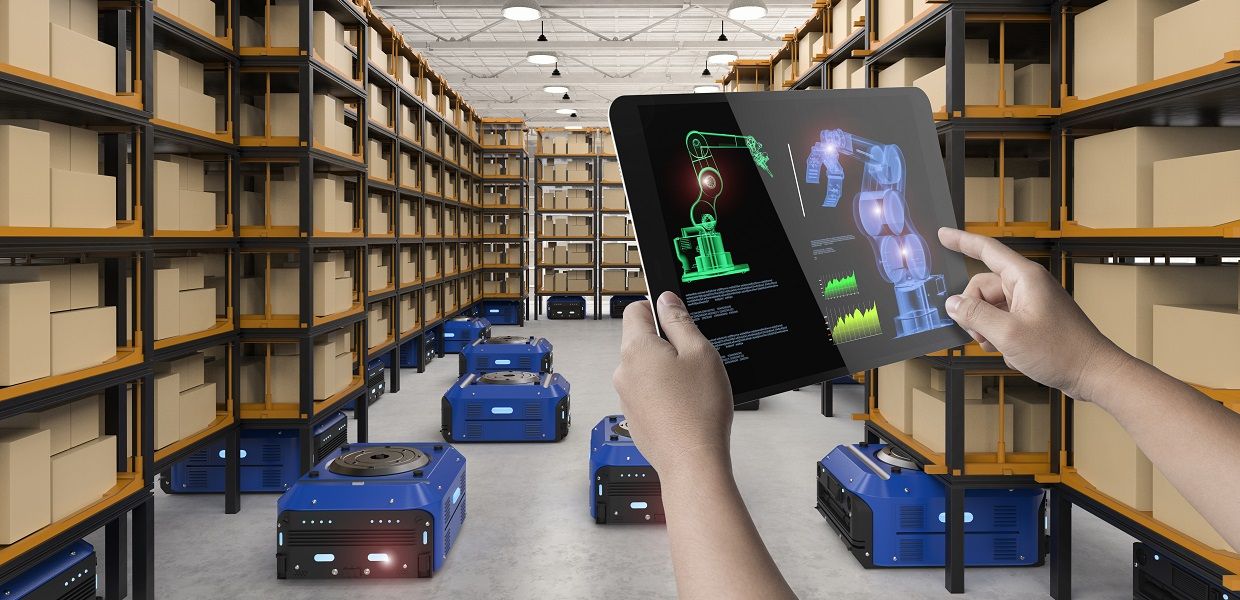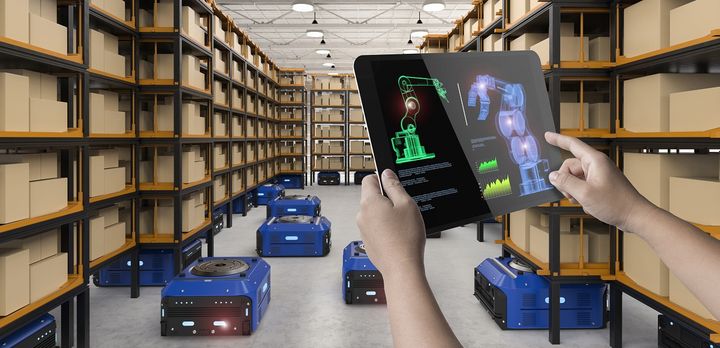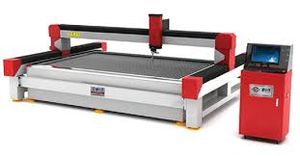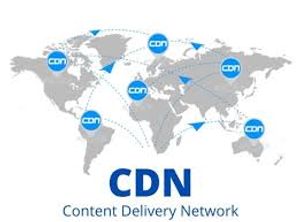Today's sharp transport is in the global economy, warehouse is the backbone of supply chains, supportive industries such as e-commerce, production and retail. In order to cut costs with rapid distribution and businesses that increased costs with increasing customer expectations, the stock automation software has become a game -shiny. These devices streamline the operation to order technologies such as AI, robotics and real -time analysis, from warehouse tracking to ordering. As the sale of global e-commerce was $ 5.9 trillion in 2023 and continues to grow, all business sizes for automation become competitive.
This guide warehouse dives into a world of automation software, and detects benefits, boundaries, types and trends. Whether you are masters for a small company, logistics manager or a business manager, this article will help you understand the options that are available and choose the right solution for your warehouse needs.

Benefits of Warehouse Automation Software
Stock automation software changes how warehouses work gives average advantage :
Promoted Efficiency: Treatment automatically reduces tasks such as reducing, picking, packing and cropping. For example, custom picking routes can increase the throw up to 20-30
Team accuracy in real time: At least give overstay or stockout visibility in stock levels. This is important for companies that handle high SKU versions.
Cost savings: By automating manual functions, reduces labor costs and improves space use by reducing overheads. Studies show that automation can cut operating costs up to 25%.
Scalability: Support growth by handling the word volume that is increased without increasing proportional staff.
Better accuracy: 99.9% reduce human errors in perfection, with some systems that achieve the accuracy.
Data-operated insight: Analytics provides actions in the performance of the dashboard and helps adapt to workflakes.
Limitations of Warehouse Automation Software
While powerful, stock automation software has challenges to consider:
High Early Costs: Implementation, including Software License and Hardware Integration, can be expensive, often from $ 50,000 to million for large systems
Maintenance is required: Software updates and hardware maintenance require invested investment.
Limited flexibility: Some solutions are less favorable for unique or fast changing storage layouts.
Cyber Security Risk: Cloud -based systems face potential data violations and require strong security measures.
Latest Trends and Innovations
The Warehouse Automation Software market, priced at $ 5 billion in 2023, is growing rapidly. Large trends include:
Artificial Intelligence (AI): AI optimizes choosing routes, predicts demand and improves the decision. For example, the AI-operated prognosis improves up to 90%storage accuracy.
Robotics and IoT integration: Internet of Things (IoT) sensor robots enable real -time data from drones, and promote operating viewer.
Cloud -based solutions: Scalable, cost -effective and available distant, cloud platforms dominate new distribution, 60% WMS is now cloud -based.
Micro-filling: Automatic systems support small, urban storage for delivery of the same day driven by e-commerce growth.
Blockchain for traceability: ensures safe, tamper -proof items for inventory and shipment, important for drugs and luxury goods.
Sustainability focus: Software optimizes energy consumption and reduces waste, in accordance with the Global Green Logistics Initiative.
These trends indicate the industry's shift toward smarter, more flexible goodowns.
Key Features to Consider
When evaluating the stock automation software, you must search for these important features:
Skalability: Adappent to increase the volume of order or new functions.
Integration functions: ERP, TMS or e-commerce platforms associated with Shopfi.
Real time analysis: Offers dashboards for inventory, labor and performance.
User interface: Spontaneous design training reduces the time.
Mobile availability: Mobile apps support for on-the-go management.
Automation support: Manage robots, carriers or autonomous vehicles.
Security: Roll -based access, multifactor authentication and data encryption.
Adaptability: The workflow makes it possible to sew for specific industries (eg cold chains, retail).
Checklist for Evaluating Software
Is it integrated with your current system (eg ERP, Shopify)?
Is it scalable for future development or seasonal spikes?
Is real -time analysis and reporting strong?
Is the interface for your team friendly to the user?
Does it support hardware such as robots or IoT devices?
What are clear price and support options?
Does it meet industry -specific needs (eg compliance with drugs)?
Top Companies and Solutions
Below is a comparison of leading global warehouse automation software providers:
| Provider | Key Features | Best For | Website |
|---|---|---|---|
| Manhattan Associates | Cloud-native WMS, AI-driven analytics, omnichannel support. | Large retailers, e-commerce. | manh.com |
| Oracle WMS Cloud | Scalable, mobile-first, robust integrations. | Enterprises with Oracle ERP. | oracle.com |
| Dematic | WMS and WCS, robotics integration, real-time control. | High-throughput warehouses. | dematic.com |
| Blue Yonder | End-to-end, WMS, AI forecasting, labor management. | Retail, manufacturing. | blueyonder.com |
| GreyOrange | AI-powered robotics, cloud-based, inventory optimization. | E-commerce, micro-fulfillment. | greyorange.com |
FAQs: Addressing Common Concerns
Question: What is the cost of stock automation software?
A: The cost varies widely, ranging from $ 10,000 for small businesses to millions for business systems. Cloud-based WMS usually starts at $ 100- $ 500/month per user.
Question: Can small businesses automation software use?
A: Yes, cloud -based solutions such as Netsuite or Fishbowl provide cheap plans for SMB with scalable prices.
Question: How long does it take to implement?
A: Implementation varies from 1-3 months to 6-12 months for basic WMER for complex robotics systems.
Question: Is cloud -based or in rich software better?
A: Cloud-based-based is more flexible and cost-effective for most businesses, while on-dimases fit people with high adaptation and control.
Question: What if my warehouse uses manual procedures?
A: Start with a basic WMS to digitize inventory and picking, and then score robotics or WCS as needed.
Conclusion: Transforming Your Warehouse
Warehouse automation software is revolutionizing supply chain operations, offering businesses tools to boost efficiency, cut costs, and meet modern demands. By understanding the benefits, limitations, and features of these solutions, you can select a platform that aligns with your goals, whether you’re a small retailer or a global logistics provider. Take the first step by assessing your needs and exploring demos from top providers. With the right software, your warehouse can become a strategic asset in today’s competitive market, driving growth and customer satisfaction.







